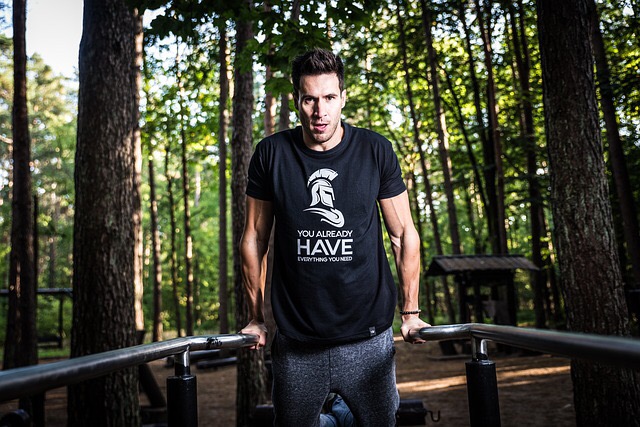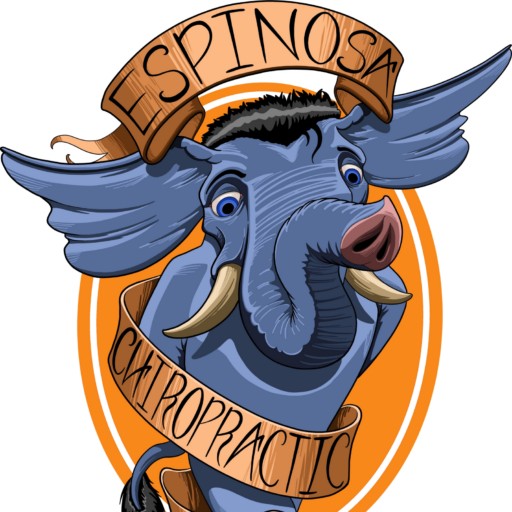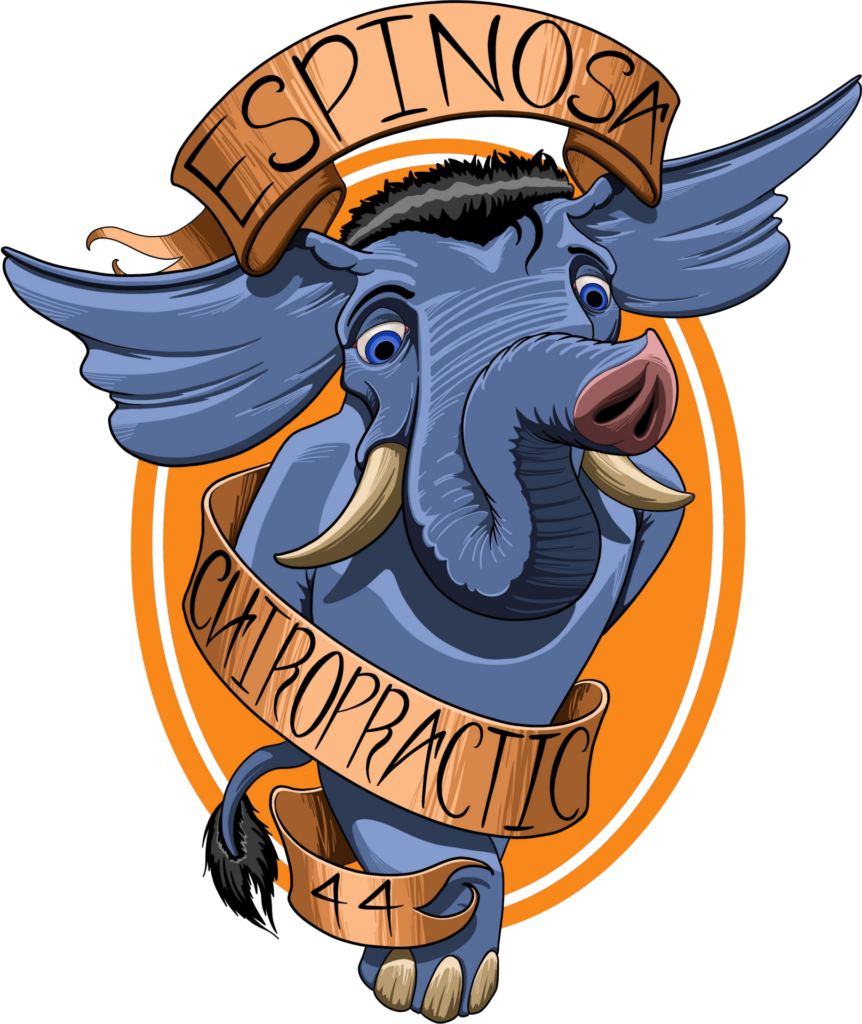Posts by Espinosa
Cardio Exercise that Accounts for Back Pain

Cardio is one of the most important elements of managing back pain
For three main reasons:
- Circulation: by getting your blood flowing, oxygen and nutrients move to cells throughout the body that are in need of support as they attempt to repair and rebuild. Stagnation prevents this circulation from reaching so extensively; even 10 minutes of walking is enough to get your blood flowing more effectively.
- Endorphins: nature’s pain killers are yours for the free price of a 30 minute cardio exercise. A vigorous 30 minutes should see a release of endorphins into the blood stream that helps you perceive less pain.
- Managing body weight: your spine is supporting the weight of your upper body, which means that every pound over your target weight is contributing to spinal degeneration.
But not all cardio is good for back pain sufferers- anything that causes repetitive trauma to the spinal joints is counterproductive. If you are in love with the benefits of running, but it causes you too much pain, read on for some alternative cardio workouts that are less traumatic to your spine.
The Relationship Between Movement and Sleep

Movement equals circulation
Circulation is an essential factor in sleep: your brain needs proper oxygenation to function in the first place, and an enhanced nutrient flow certainly helps even more. Your brain is supplied with its oxygen and nutrients by blood vessels in the neck and when circulation is blocked, by excess fat or cholesterol, or when circulation is allowed to become stagnant, this flow is reduced. Brain cells, lacking the oxygen and nutrients they need to thrive, hum along with reduced capacity, detracting from your ability to sleep. One answer to improving circulation is improving movement.
The Many Problems Caused by Scar Tissue

Scar tissue underpins many injuries
The dense tissue that forms after injury is an essential process but it can also be problematic. And it doesn’t even require an injury to form. Scar tissue forms either:
- in response to injury, as it acts to bind the damaged tissues of a joint, tendon or ligament back together.
- in response to lack of oxygen; when your muscles don’t get the oxygen they need, free radicals begin to accumulate in a given region, which attracts the cells responsible for scar tissue.
Scar tissue is inferior to your original, healthy tissue; it is less pliable and weaker. When unadressed, this scar tissue can form adhesions which affect the muscles and can even trap nerves, causing pain and dysfunction. In the wake of any injury, it is important to pay attention to scar tissue build up and take preventative steps to stop it from causing further damage.
Posture to: Feel Better, Look Smarter, Perform Harder!

Posture is one of the fastest ways to start boosting your health this new year
But it is not as easy as say, drinking water. Changing your posture for the better takes a concerted effort betweeen body and mind. Every moment will be a challenge as you fight to maintain your body in an upright, low-pressure position. It will take the cultivation of a certain set of muscles and the development of mental discipline to catch yourself when you slouch and slump. But the upside is too large to ignore- improving posture sets the foundation for spinal wellness that impacts every part of your waking and sleeping life. This new year, let’s make better posture a priority.
2018 Health Priorities: Get the Sleep you Deserve

2018 is the year we start fighting back against sleeplessness
Finding your eight hours of sleep of has never been fraught with so many obstacles. From the seemingly omnipresent intrusion of notifications, the indifferent glow of different-sized screens, the technology age has added a heavier weight to the scale opposing your sleep health. Some studies estimate that as much as one-fifth of our population, between 50 and 70 million people, suffers from some form of sleep disorder. Sleep is an essential component of life– it’s time we start making the effort to prioritize our sleep health.
Staying on the Road to Athletic Greatness with Chiropractic

Boosting athletic performance with chiropractic care
In sports it´s often said that, ¨the game doesn´t get any easier, you just get better.¨ You learn the intricacies of the game and you specialize your body and mind in an attempt to gain a competitive advantage. At our office in Sacramento, we help athletes derive an athletic advantage by ensuring that your body, and thus your performance, is fine-tuned. Chiropractic benefits:
- Optimal nerve function
- Resilience to injury
- Full range of motion in the spinal joints
- Better circulation
- Faster recovery times between exercise
The use of chiropractic is on the rise throughout the professional sport world, and chiropractic will be well represented at the 2018 Olympic Games.
The Western Diet Offers a Roadmap to Inflammation

Some studies suggest that up to 60% of foods consumed in the United States are processed
Highly-processed foods double down on the detriment to your health: not only are they devoid of essential vitamins and nutrients, but they are also toxic and harmful to the functioning of our cells. Rather than helping our cells repair, rebuild and prosper, they hamper our body’s ability to fight disease and chronic pain. Highly processed foods have been shown to directly increase the level of C-reactive protein, an inflammatory marker that is produced by the liver in higher quantities in response to inflammation. So what are we doing playing around with this Western diet of ours? The short term pleasure of sweets consumed is winning out over the longer term consideration of our health and well-being.
Portion Control: Christmas Dinner Edition

During Christmas dinner, self control often flies out the window
The table is set and your eyes are agog; every single dish looks enticing. And hey, it’s Christmas, why not indulge yourself this one night out of the year? Talk about a dangerous scenario for weight-watchers, albeit a very common one. Holiday recipes make it very difficult to stick to your normal, healthy eating routine. Read on to find our tips for controlling yourself at Christmas dinner.
An Anti-Inflammatory Christmas Feast

Christmas is full of dietary pitfalls
While watching weight will be a primary priority for most people, back pain sufferers should pay attention to the amount of inflammatory agents they consume. Many christmas recipes are chalk full of inflammatory ingredients; sugar and saturated fats are among the worse culprits. We don’t want you to skip out on your favorite meals, but a dash of awareness goes a long way when it comes to managing your back pain this holiday season.
Staying on Track this Holiday Season: Adjusting Fitness Expectations

It’s inevitable that we work out less during the holiday season.
Our schedule is simply too full with social engagements, marathon cooking and baking sessions, and last-minute gift shopping to even think about exercise. With such a happy maelstrom, it can be easy to drop your exercise routine completely; unfortunately, few of us can afford to put our fitness on hold for a month as we stuff ourselves full of the excesses of Christmas dinners and New Years Eve parties. Here are some ideas for indulging in holiday cheer without sacrificing your 2017 health gains.
